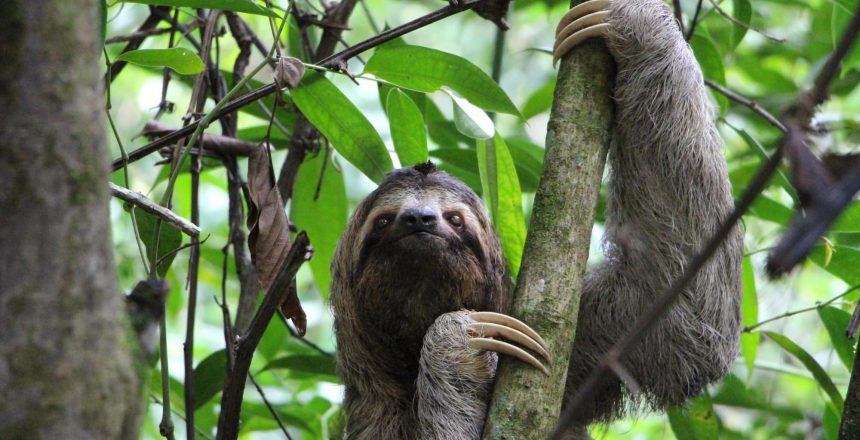Are you planning a trip to Costa Rica?
In the midst of thinking about the gorgeous beaches and wonderful restaurants, you may not have considered the Costa Rican forests and all they have to offer.
Of course, we’re not recommending you go poking around by yourself. But you can get an eyeful of Costa Rica wildlife by booking a Costa Rican excursion.
Here is just a sampling of what you can expect to see.
1. Scarlet Macaw
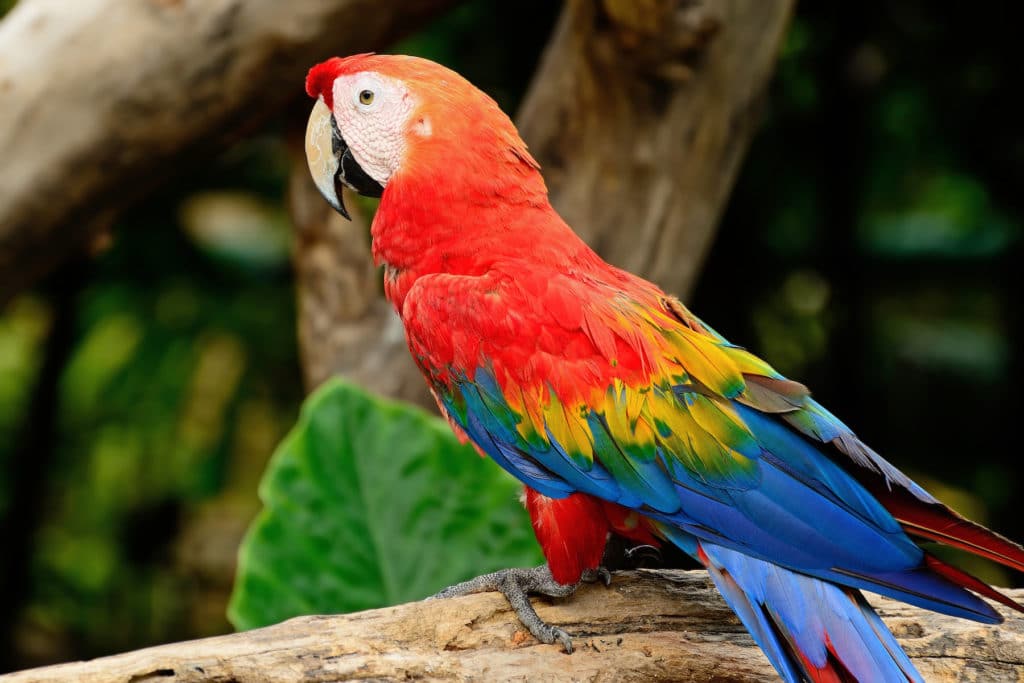
Even if you’ve never been in a rainforest, you’ve probably seen a scarlet macaw. These vibrantly colored parrots with their bright red heads make for great pets.
But there’s something particularly exciting about seeing them in the wild.
Costa Rica has a wealth of scarlet macaws, though this wasn’t always the case. They were once nearly extinct until Costa Rica enacted laws prohibiting their capture and caging that allowed for their recovery.
They are now abundant in Manuel Antonio and on the Osa Peninsula. If you go on an excursion, you’re more than likely to see at least one.
2. Three-Toed Sloth

From stuffed animals to keychains and stickers, sloths are hugely popular.
There’s no denying that the three-toed sloth is cute. But catching a glimpse of this quirky and odd animal is no easy feat.
These slow-moving creatures dwell high up in the treetops and spend the majority of their lives sleeping. They do descend to the forest floor once per week to eliminate waste.
They are well cared for in Costa Rica where there is a Sloth Sanctuary that helps to repopulate and rehabilitate sloths that have been injured.
You’re most likely to spot one on an excursion in Manuel Antonio, Tortuguero or on the Osa Peninsula.
3. Resplendent Quetzal
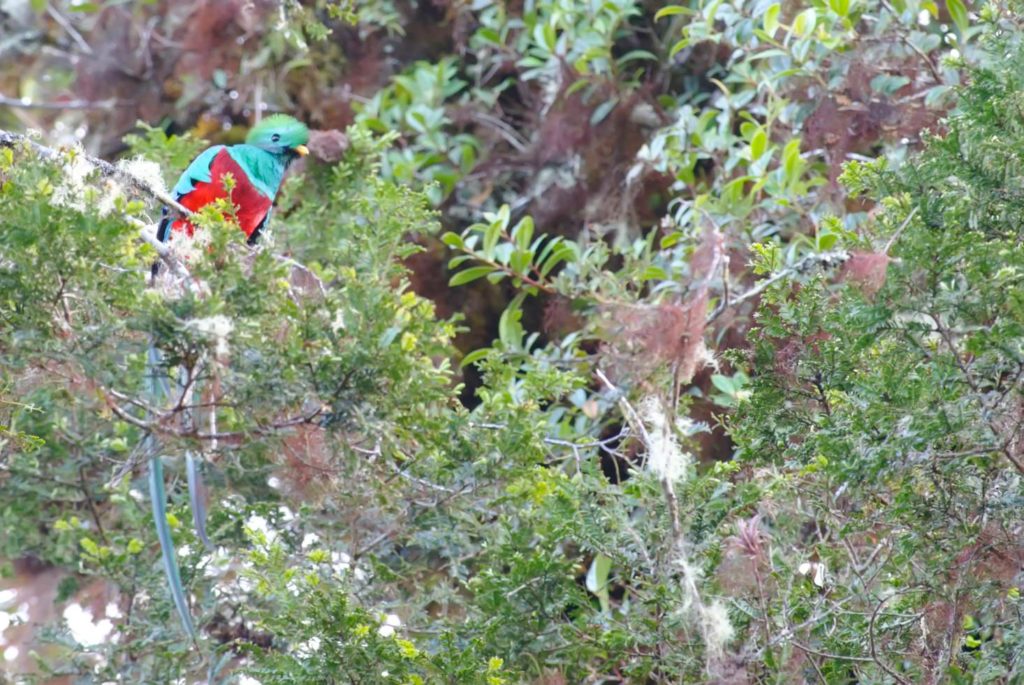
Costa Ricans are so taken by the resplendent quetzal that they named Quetzal National Park in its honor.
Despite their gorgeous blend of greens, blues, and reds, the resplendent quetzal can be difficult to spot. Because they blend in perfectly with their surroundings, it takes a keen eye to see one.
If you do manage to catch a glimpse of this astonishingly beautiful bird, consider yourself lucky.
4. Peccary
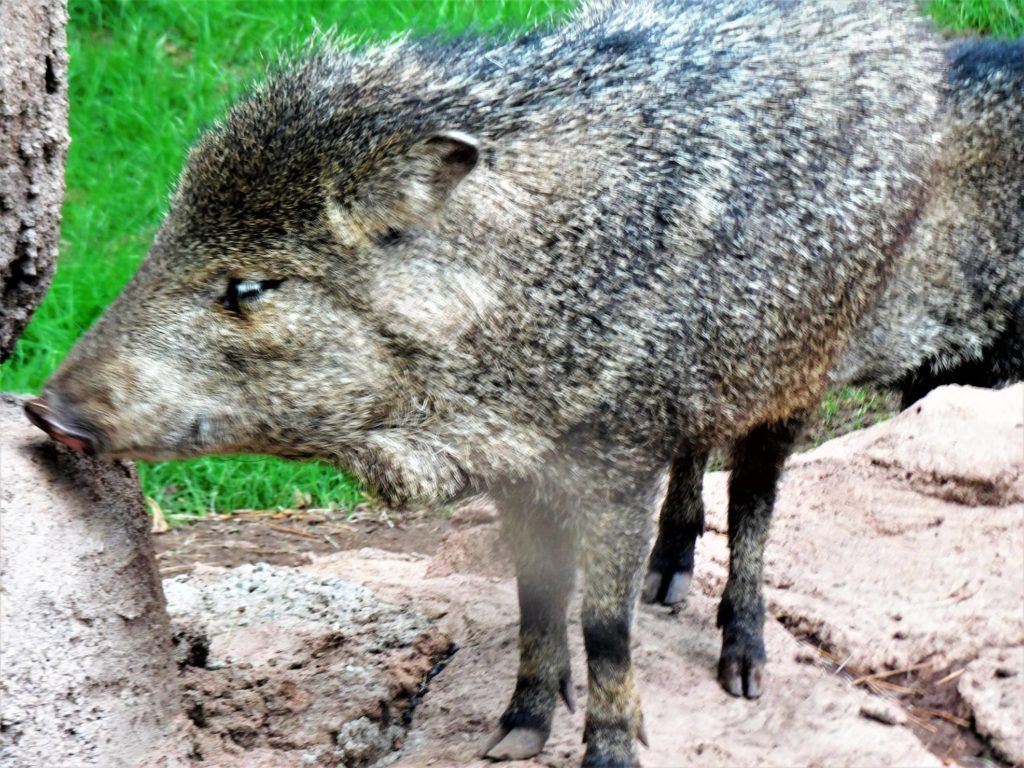
Though not as impressive in appearance as the resplendent quetzal, you’ll still get a kick out of seeing a peccary.
These small wild pigs are usually found rummaging around the ground in a huge variety of environments including the deciduous dry forest, tropical rainforests, low-lying shrub forests, and agricultural areas.
This fact alone makes them easy to spot. Add in the fact that they’re usually found in herds of 3-30 peccaries makes it even more likely you’ll see this vocal and aggressive pig.
5. Jesus Christ Lizard
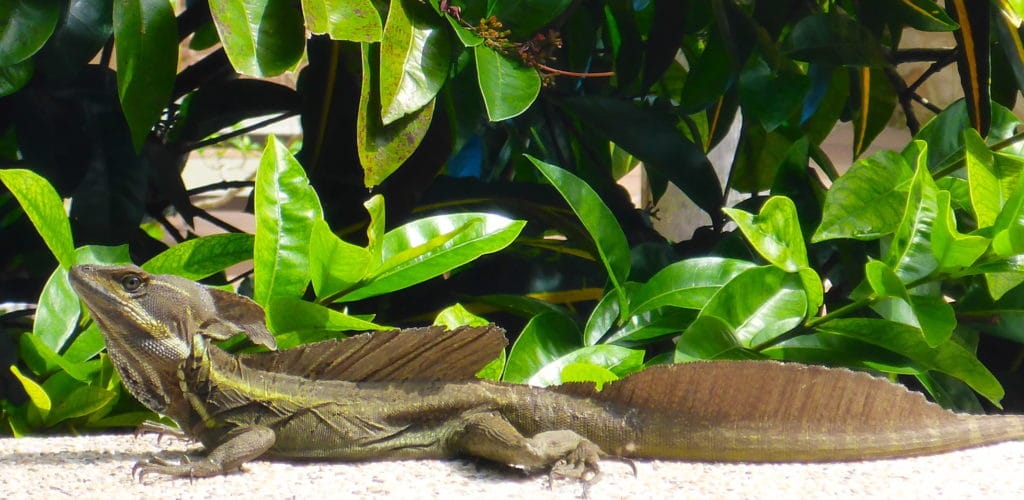
The Jesus Christ lizard is also known as the basilisk lizard.
This bright green and highly ornate reptile is impressive, to say the least. But not only because of its appearance.
The Jesus Christ Lizard moves at an exceptionally fast pace and can even run on water. If you’re fortunate enough to witness that spectacle on your excursion, you’ll certainly have gotten your money’s worth!
6. White-Faced Capuchin Monkey
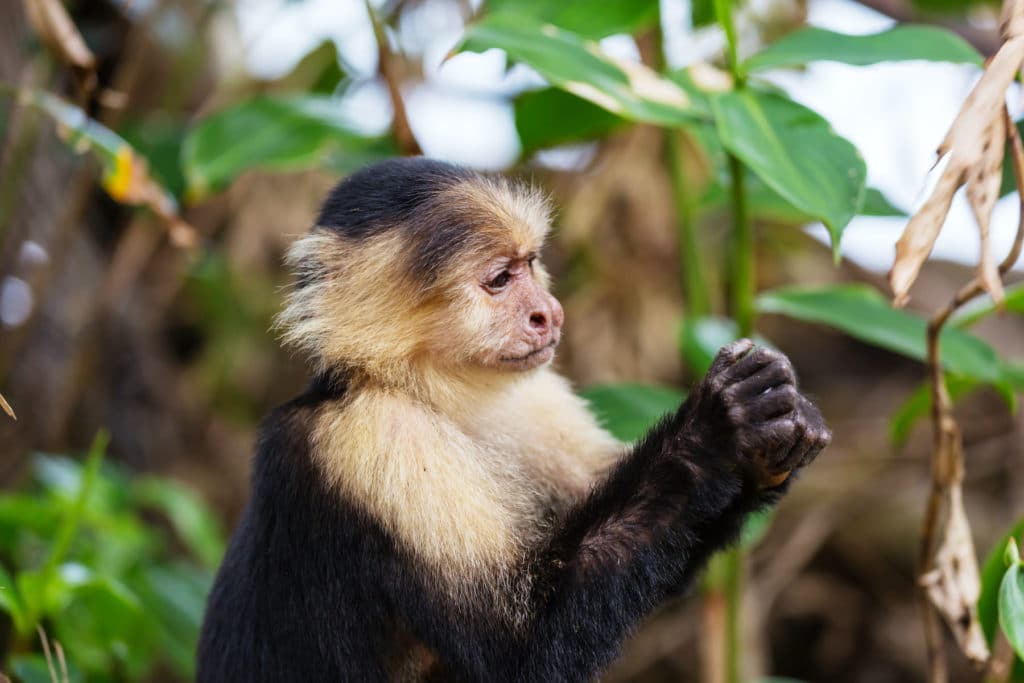
Far less elusive than the Jesus Christ Lizard is the White-Faced Capuchin Monkey.
In fact, these hugely social creatures are quite common throughout the dry forests, rainforests, and cloud forests of Costa Rica.
Much like the peccary, they thrive on large social groups and can be found with as many as 30 other capuchins.
They are highly intelligent, though not highly selective when it comes to food. So when you spot them, they’ll likely be munching on insects, eggs, fruit, flowers or whatever else is in their grasp.
7. Tapir
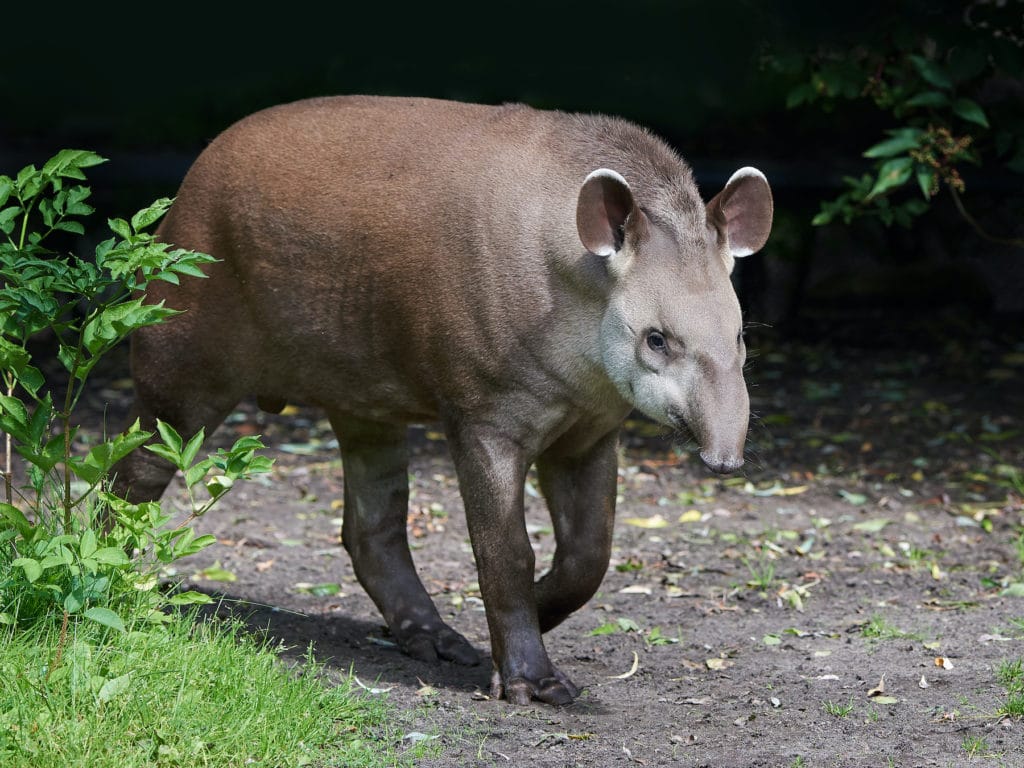
The tapir is an odd-looking creature.
They have an elongated upper lip that looks like a short elephant trunk. Like an elephant, they use their long nose to grab the fruit, leaves, and twigs they favor.
Tapirs are large — coming in at between 330 and 660 pounds. Even so, they tend to be solitary animals so you may not see one on an excursion.
Your best chances of spotting a tapir are in the Santa Rosa or Corcovado National Parks or wandering the floor of the Monteverde Cloud Forest.
8. Rhinoceros Beetle
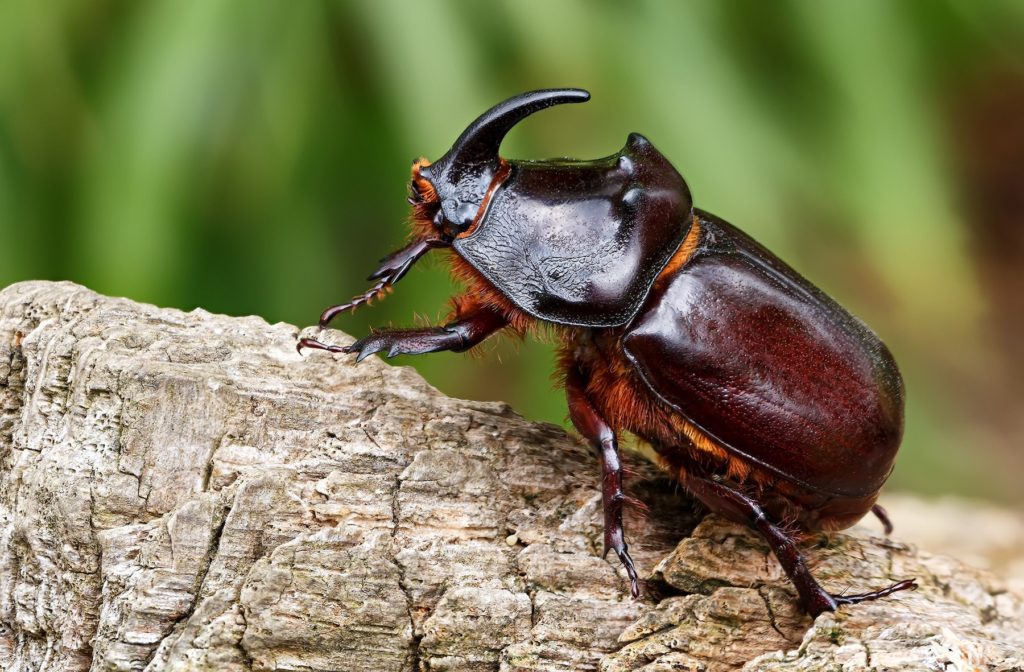
You might be wondering how you could possibly see an insect while on an excursion.
The rhinoceros beetle isn’t just any insect. This huge beetle, also known as the elephant beetle, is 2-3 inches long and can weigh up to an ounce.
That may not sound like much, but if you were to hold one in your hand, it would take up the majority of your palm — or more!
If you’re not a big fan of insects, you may feel particularly unsettled by this massive creature. But they are actually harmless.
Rhinoceros beetles live in low-lying rainforests. If your excursion takes place in the Tortuguero, Corcovado or Palo Verde National Parks, you’ll have a decent chance at seeing one.
9. Red-Eyed Tree Frog

There’s a good chance you’ve seen the red-eyed tree frog on a poster or in a commercial. It’s a pretty iconic amphibian that’s found in Costa Rica’s rainforests.
Their vibrant red eyes are what make them so recognizable. They also use their eyes to temporarily shock or paralyze predators.
When their eyes are closed, they’re tough to spot. Plus they’re nocturnal. But you may just catch a glimpse of one.
10. Ocelot

The ocelot is a beautiful wild cat with huge feet. The Spanish call it manigordo, meaning “fat hand.”
Ocelots live in secondary Costa Rican rainforests and valleys where they feed on iguanas and the peccaries higher up on our list.
They are very secretive though and not often seen the wild. If you don’t happen to see one while on an excursion, you can always view one at a wildlife sanctuary.
Take in Some Costa Rica Wildlife
No matter how long your journey, plan to take an excursion to see the unique Costa Rica wildlife.
You’ll feel a deeper connection with the country while having a brand new experience.
To start arranging your ultimate all-inclusive vacation to Costa Rica, contact us today. We’ll make sure you have a trip you’ll never forget.

